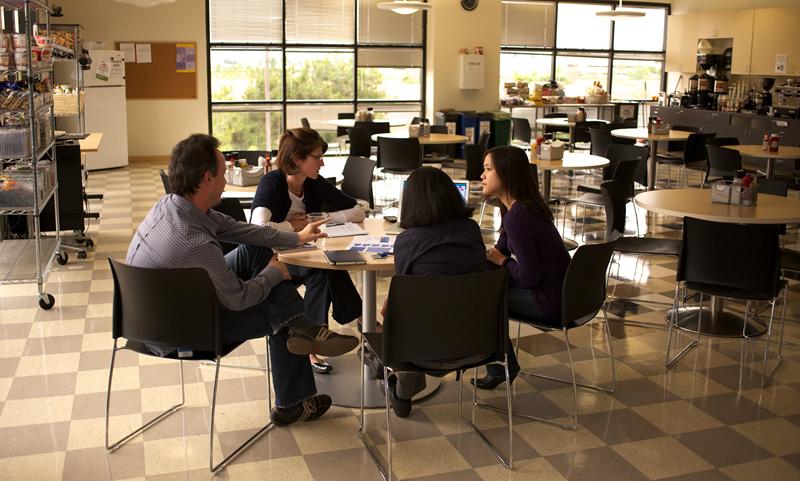At LinkedIn, every employee gets 3 months to be an entrepreneur

Becoming an entrepreneur doesn't just mean hanging a shingle outside some forlorn office and trying to rustle up enough seed money or revenue to eat. (Though everyone should try it at least once in his or her life.) The entrepreneurial spirit is something that gainfully employed individuals can adopt as well -- and open up new paths of success for their organizations.

That is what's going on at professional social network site LinkedIn these days, in which employees can take 30 to 90 days to take an idea and run with it.
"Once a quarter, any LinkedIn employee can come up with an idea, put together a team, and pitch their project to the executive staff," says Kevin Scott, SVP of engineering at LinkedIn. "If approved, the team gets to spend up to three months of dedicated time turning their ideas into reality."
The program, called [in]cubator, was inspired by hackday, a Friday each month when employees were encouraged to work on just about anything they want. "We see incredible ideas and prototypes, but there’s a limit to what can be done in a single day," Scott explains.
When ideas are developed to the point in which they are pitchable, they apply for "venture capital" from LinkedIn. Scott joins CEO Jeff Weiner, co-founder Reid Hoffman, and SVP of products and user experience Deep Nishar to make the final funding decisions.
So far, five projects have been given the green light by LinkedIn. One of the projects, an internal tool called go/book, "has already shipped and completely changed how we book meetings at LinkedIn," Scott says. "It offers an intuitive user interface which overlays the availability of each meeting attendee with the availability of each conference room. It works across all 26 international LinkedIn offices and has captured the hearts of those who normally shy away from Exchange. The project was so successful, in fact, that we approved the go/book team for a second round of development."
Additional ideas presented include proposals for new product & business lines, infrastructure improvements, and human resources programs. Teams have included engineering, product, design, marketing, sales, and human resources employees.
A similar approach taken by LinkedIn's Silicon Valley neighbor, Google, enables employees to devote 20% of their worktime to new innovations, reports Wired's Ryan Tate. In addition, projects developed in LinkedIn’s hackathons could be elevated to the [in]cubator program. "This helps differentiate LinkedIn’s hack days from those at many other tech companies," Tate writes. "Hackathons have become de rigueur in Silicon Valley but in many instances are not connected with an employee-driven product development pipeline of the sort LinkedIn is building with [In]cubator."
The bottom line is that if organizations want to succeed in today's rough-and-tumble global economy, they need to foster innovation from within and from outside their walls. This doesn't just apply to Silicon Valley companies, but organizations of all types in all locations. Employees are perhaps the greatest -- and underutilized -- source of new opportunity and knowledge. It doesn't take a lot of money or company time to encourage employee entrepreneurship, and if anything, it encourages a lot of good will and high motivation.
Ultimately, all employees should be entrepreneurs. As LinkedIn's Scott puts it: "We see [in]cubator projects as small investments that have the potential to become big wins for the company."
(Thumbnail: Kevin Scott. Photo from LinkedIn.)
This post was originally published on Smartplanet.com